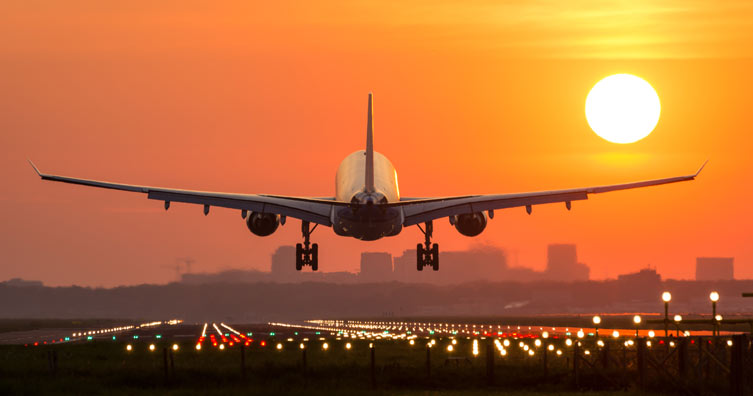How to Ensure Your Plane Is in Tip-Top Shape – Owning or operating an aircraft comes with a great responsibility: ensuring that your plane is always in top-notch condition. Aircraft maintenance is not just a matter of convenience; it’s a critical aspect of aviation safety. Whether you own a private aircraft or manage a fleet, here are essential steps to ensure your plane remains in the best possible shape:
1. Adhere to Regulatory Requirements:
The first and foremost step in aircraft maintenance is to adhere to the regulatory requirements set forth by aviation authorities in your country, such as the Federal Aviation Administration (FAA) in the United States. These regulations outline specific maintenance schedules, inspections, and requirements that must be followed to keep your aircraft airworthy.
2. Regular Inspections:
Schedule routine inspections as per the manufacturer’s recommendations and regulatory requirements. These inspections include annual, 100-hour, and pre-flight checks. Professional aviation mechanics should perform these inspections to identify any issues or wear and tear.
3. Choose a Qualified Maintenance Facility:
Select a certified and experienced aviation maintenance facility or mechanic to work on your aircraft. Ensure they are authorized to perform maintenance on your specific aircraft make and model. Regularly review their qualifications, certifications, and reputation in the aviation community.
4. Maintain Accurate Records:
Keep meticulous and up-to-date maintenance records for your aircraft. These records should include all inspections, repairs, component replacements, and any other maintenance tasks. Accurate records are not only essential for safety but also for compliance with aviation regulations.
5. Follow Manufacturer’s Recommendations:
Adhere to the manufacturer’s maintenance schedule and recommendations outlined in the aircraft’s maintenance manual. This includes adhering to engine overhaul schedules, replacing components at recommended intervals, and complying with service bulletins or letters.
6. Preventative Maintenance:
Implement a preventative maintenance program that includes regular cleaning, lubrication, and minor adjustments. These small tasks can prevent more significant issues from arising and extend the life of critical components.
7. Address Issues Promptly:
If any issues or discrepancies are identified during inspections or routine checks, address them promptly. Delaying maintenance can lead to more significant problems and safety concerns down the line.
![]()
8. Keep the Aircraft Clean:
Regularly clean the exterior and interior of your aircraft. Dirt, dust, and debris can affect the aircraft’s performance, aesthetics, and longevity.
9. Consider Hangar Storage:
If possible, store your aircraft in a hangar when it’s not in use. Hangar storage protects the aircraft from weather-related damage, reduces exposure to environmental elements, and prolongs its lifespan.
10. Avionics Maintenance:
Regularly check and maintain avionics equipment, including communication, navigation, and electronic systems. Ensure they are up to date with the latest software and firmware updates to ensure optimal performance and safety.
11. Fuel Quality:
Use high-quality aviation fuel from reputable sources. Fuel contamination can lead to engine issues and affect overall aircraft performance.
12. Flight Data Monitoring:
Consider implementing a flight data monitoring system to track and analyze aircraft performance and identify potential maintenance needs proactively.
13. Pilot Training:
Ensure that pilots receive proper training on aircraft systems, emergency procedures, and routine inspections. Well-trained pilots can help identify and report maintenance issues during flight operations.
14. Compliance with Airworthiness Directives (ADs):
Stay informed about any Airworthiness Directives issued by aviation authorities. These directives may require specific actions or modifications to maintain airworthiness and safety.
15. Use Authorized Parts:
When replacing components or parts, always use authorized and certified parts from reputable suppliers to ensure compatibility, safety, and compliance with aviation standards.
By following these steps and prioritizing safety and maintenance, you can ensure that your aircraft remains in tip-top shape. This not only safeguards your investment but, more importantly, ensures the safety of everyone on board and those on the ground.

